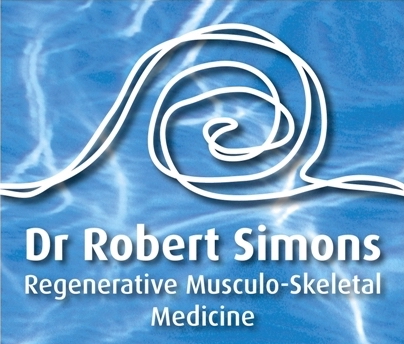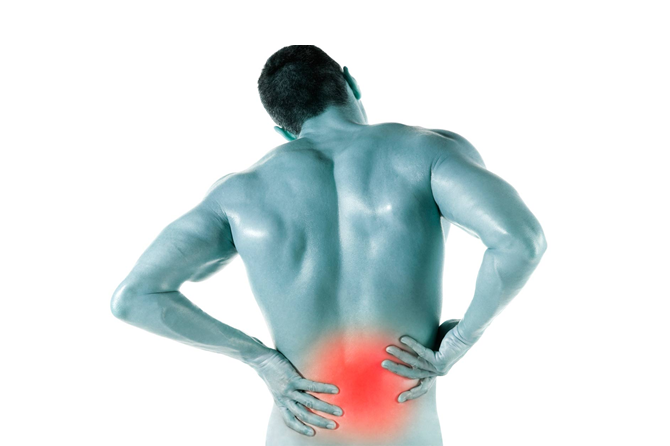NATURAL WEAR AND TEAR.
As you grow older, your discs naturally lose some of their flexibility and become more susceptible to damage.
SPINAL INJURY
An injury to the spine may result in cracks in the hard outer layer of the disc, which can ultimately cause the structure to bulge or break open.
LIFTING HEAVY OBJECTS
A herniated disc is likely to develop if you use your back muscles to lift heavy objects, instead of your legs.
A herniated disc can occur anywhere along your spine and neck. However, it’s most common in the lower back, or the lumbar spine.
SYMPTOMS
A herniated disc can appear with or without symptoms. When symptoms do appear, it’s typically because the damaged disc is applying abnormal pressure to the nerve roots, causing:
PAIN IN DIFFERENT AREAS OF THE BODY
If the herniated disc is located in your lower back, you will likely feel the pain in your buttocks, thigh and calves. If it’s located in your neck, the pain can extend into your arm and shoulder.
PAIN THAT WORSENS WITH CERTAIN MOVEMENTS
In many cases, pain from a herniated disc will be exacerbated by changing positions, coughing or sneezing.
NUMBNESS OR A TINGLING SENSATION
A common herniated disc symptom, numbness or tingling will occur in areas of the body that are connected to the affected nerves.
RADIATING PAIN DOWN YOUR LEG
If the sciatic nerve is affected by the herniated disc, you may experience pain that radiates down your leg and foot, also known as sciatica.



